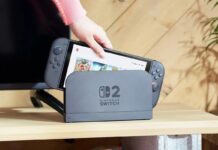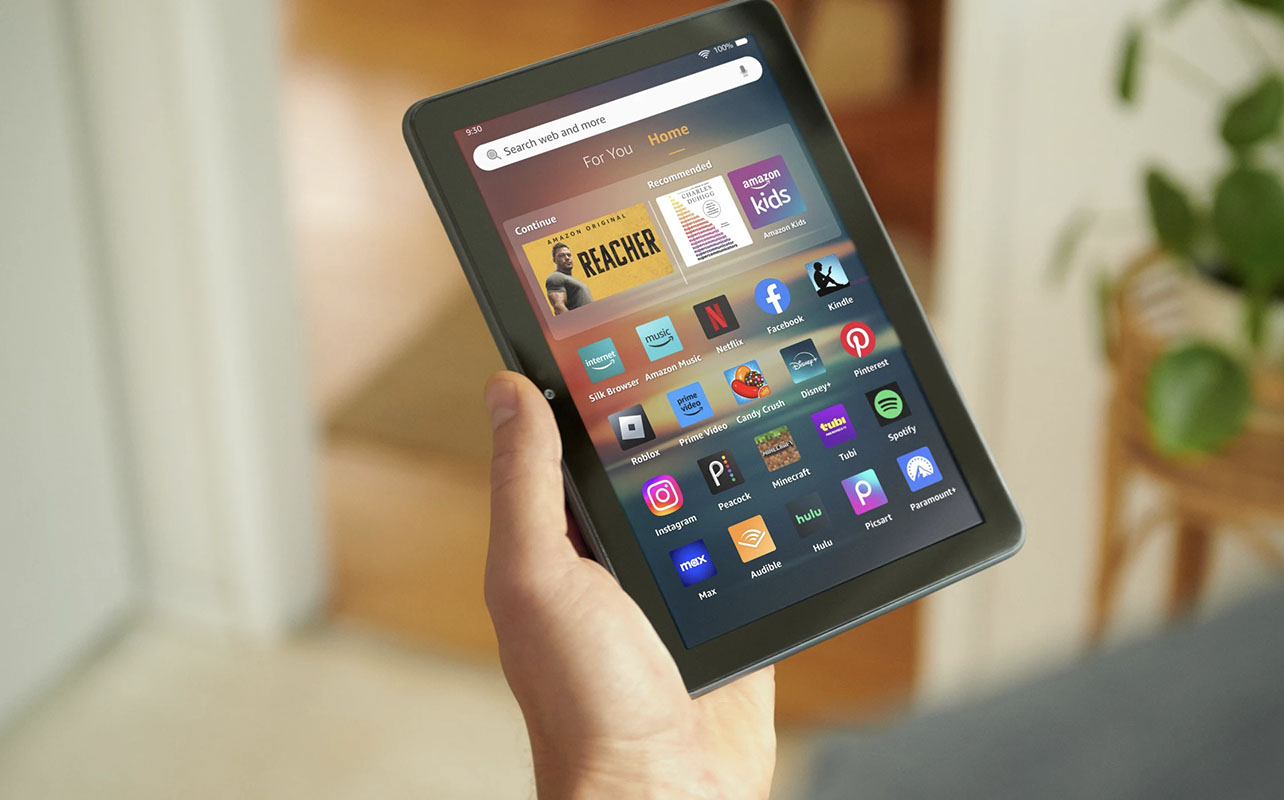
Tablets are one of the most versatile gadgets in today’s tech world. They employ a sleek and user-friendly format that bridges the gap between your phone and your laptop. You might be wondering what the value is in having a tablet, and what it offers over and above a large-screened smartphone or for use instead of a laptop. If so, you’re in the right place.
In this blog post, we’ll break down exactly what tablets are, how they work, and why you might want one. Whether you’re a tech newbie or just tablet-curious, this beginner-friendly guide will walk you through the basics in simple, easy-to-understand language. Let’s dive in!
What is a tablet?
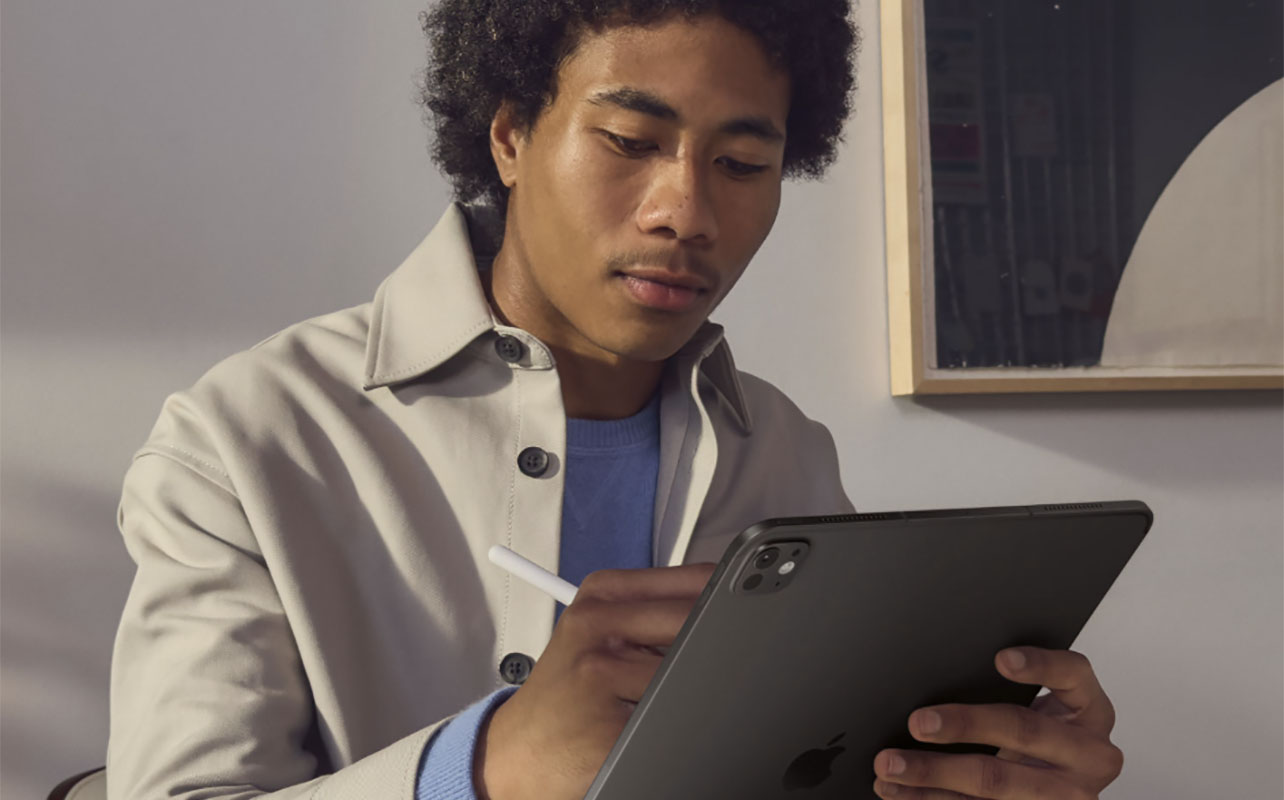
At its core, a tablet is a portable, touchscreen device that allows you to browse the web, stream videos, play games, write e-mails, and even get work done. With the latter, you can use the touchscreen and a stylus (or your finger) or even with some models connect a Bluetooth keyboard and mouse. The benefit is that you get a larger screen than a smartphone but a more compact and lightweight design than a laptop.
Unlike desktop computers or laptops, tablets are designed primarily for touch input. That means you tap, swipe, and type directly on the screen. While early versions of tablets, like bulky tablet PCs from the early 2000s, never quite caught on, everything changed in 2010 when Apple introduced the iPad. Since then, tablets have exploded in popularity. Today, you’ll find options from big names like Samsung, Microsoft, Google, Lenovo, and Amazon. In short, a tablet is the digital notebook/entertainment centre you didn’t know you needed.
Key features of a tablet
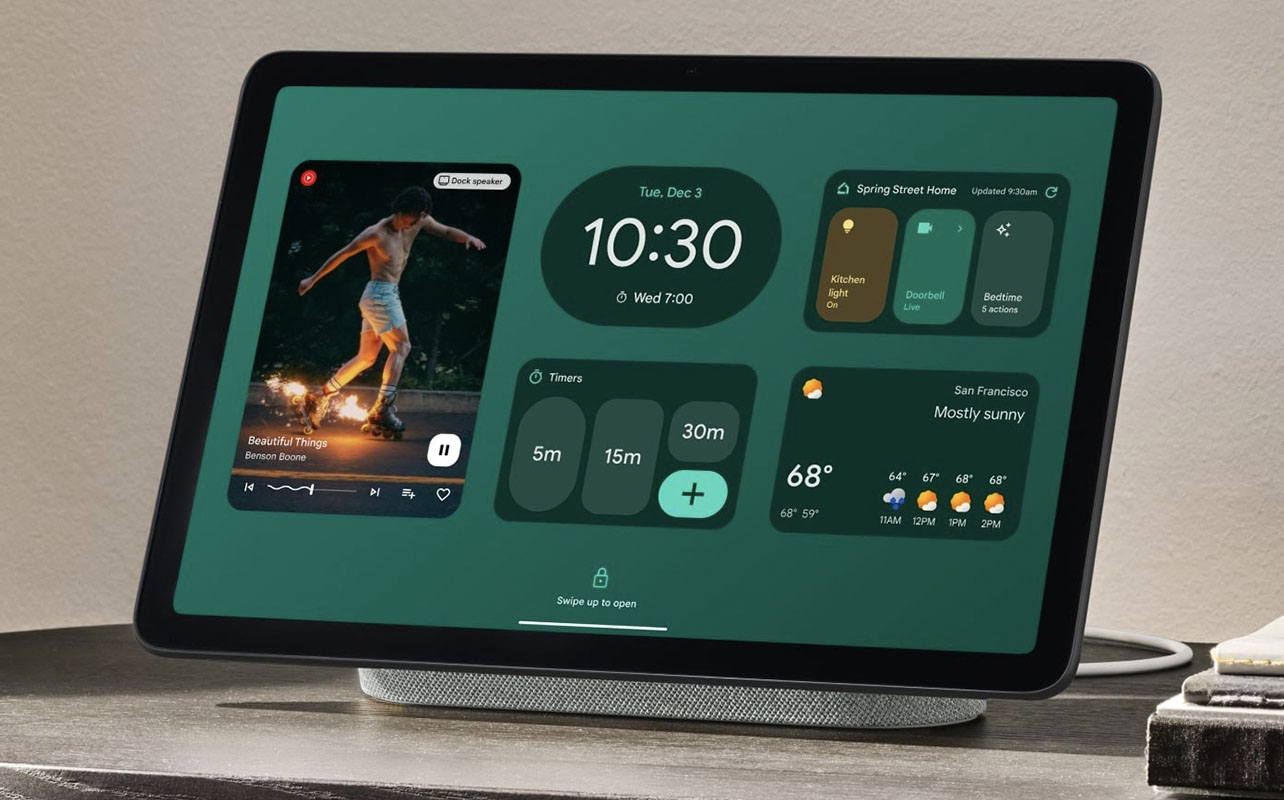
So, what makes a tablet a tablet? Here are the key features that define these handy devices.
- Touchscreen interface: This is the most essential feature. A tablet’s display is interactive. You can tap, swipe, pinch, and type directly on the screen. It’s intuitive and feels natural, especially for those familiar with smartphones.
- Portability and slim design: Tablets are ultra-portable. They’re thinner and lighter than most laptops, making them perfect for tossing in a bag or holding with one hand on the couch.
- Built-in Wi-Fi and optional cellular: Most tablets connect to Wi-Fi, just like a phone or laptop. Some models also offer cellular connectivity (like LTE or 5G), so you can use them on the go without Wi-Fi. (Note that you would need a separate cellular connection to do so unless you connect to your smartphone’s Personal Hotspot, which does not require a separate LTE or 5G plan).
- App-based ecosystem: Whether you’re using iOS (Apple), Android (Samsung, Lenovo), or Windows (Microsoft Surface), tablets run apps just like smartphones and laptops. These are small programs that let you do everything from editing documents to sketching digital art, playing silly time-wasting games, and more.
- Battery life and charging: Tablets generally boast strong battery life, often lasting between eight to 12 hours on a single charge. Charging is typically via USB-C or Apple’s Lightning connector with older model iPads.
- Optional accessories: Many tablets support accessories like styluses for drawing, keyboard cases for typing, and mice. These extras can help turn your tablet into a mini laptop when needed.
Types of tablets

Not all tablets are created equal. Let’s look at the main types available.
- Consumer tablets: These are general-purpose tablets like the iPad, Samsung Galaxy Tab, and Lenovo Tab. They’re great for streaming, web browsing, reading, and casual gaming.
- Convertible or 2-in-1 devices: Think of these as hybrids between laptops and tablets. Devices like the Microsoft Surface Pro or Lenovo Yoga can function as both, with detachable keyboards and full desktop operating systems.
- Kids’ tablets: Designed specifically for younger users, these tablets, like the Amazon Fire Kids Edition, come with parental controls, durable cases, and age-appropriate content preloaded for instant and limited access.
- E-Ink tablets: Another category worth considering are E-Ink or ink tablets that are a step above a standard e-reader but step below a typical tablet. These devices, available from brands like Boox, are limited to black and white screens (some do include colour) to reduce eye strain. While they are predominantly e-readers, they permit some access to apps, note-taking, and more, functioning as an ereader and tablet hybrid.
What can you do with a tablet?
The short answer: a lot more than you might think. Here are some of the key uses you can get out of a tablet.
- Media consumption: Tablets are perfect for watching Netflix and streaming content from other top services like YouTube, reading eBooks, playing mobile games, and browsing social media.
- Communication: Stay connected with video calls (Zoom, FaceTime), instant messaging (WhatsApp, Messenger), and e-mail, all from a device that fits in your hands.
- Productivity: Yes, tablets can help you work. You can write documents, create spreadsheets, take notes, and even draw using a stylus. Apps like Microsoft Office, Notion, and Canva are tablet-friendly.
- Creativity and content creation: Many tablets like the iPad Pro are designed for content creation, ideal for everything from sketching to creating videos, editing photos, even making music.
- Smart home control: Use your tablet as a control hub for smart lights, security systems, thermostats, and more. Many smart home apps work beautifully on a tablet’s larger screen.
- Education and e-learning: From interactive learning games for kids to full online university courses, tablets make education more accessible and portable.
Tablet vs. laptop vs. smartphone
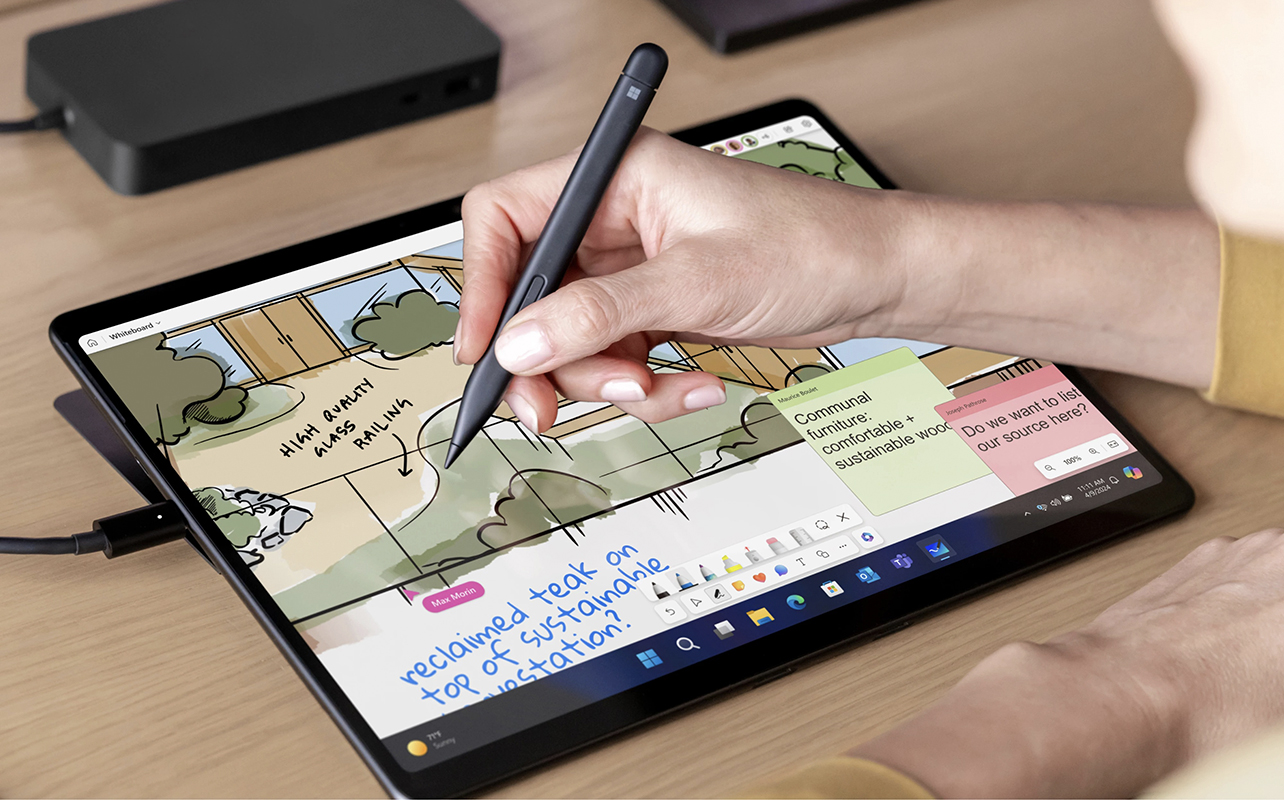
So how does a tablet compare to the other tech you might already own? Here’s a table that summarizes some of the differences between tablets versus laptops and tablets versus smartphones.
| Feature | Smartphone | Tablet | Laptop |
| Screen size | Small (5–7″) | Medium (7–13″) | Large (13″+) |
| Portability | Extremely portable | Very portable | Moderately portable |
| Typing | Touchscreen | Touchscreen or optional keyboard | Physical keyboard, some touchscreen |
| Operating system | iOS/Android | iOS/Android/Windows | Windows/macOS/ChromeOS |
| Best for | Calls, messaging, quick browsing | Media, notes, casual work | Heavy tasks, multitasking |
When is a tablet the better choice?
If you need a lightweight device for browsing, watching videos, or taking notes and don’t want the bulk of a laptop a tablet is the sweet spot. If you need more help deciding, here are some of the pros and cons of tablets.
| Pros | Cons |
| Lightweight and easy to carry | Less powerful than laptops |
| Long battery life | Limited storage space |
| Intuitive and easy to use | May lack full desktop app versions |
| Huge variety of apps | Not ideal for complex multitasking |
| Great for entertainment and reading | External keyboard/stylus often sold separately |
Who should consider buying a tablet?

Thanks to their wide set of features, tablets can be the perfect match for various types of users. Here are some of the best uses cases:
- Casual users: If you mostly use tech for watching videos, reading the news, and checking e-mails, a tablet does it all with ease.
- Students and note-takers: Digital notes, e-textbooks, and educational apps make tablets a classroom essential, especially when paired with a stylus.
- Professionals on the go: Frequent flyers or field workers love tablets for their portability, productivity apps, and quick access to e-mail or presentations.
- Artists and creatives: Apps like Procreate and Adobe Fresco turn your tablet into a canvas. All you need to do is add a stylus.
- Families and kids: Tablets are family-friendly, especially with kids’ modes, screen-time settings, and educational games.
Is a tablet right for you?
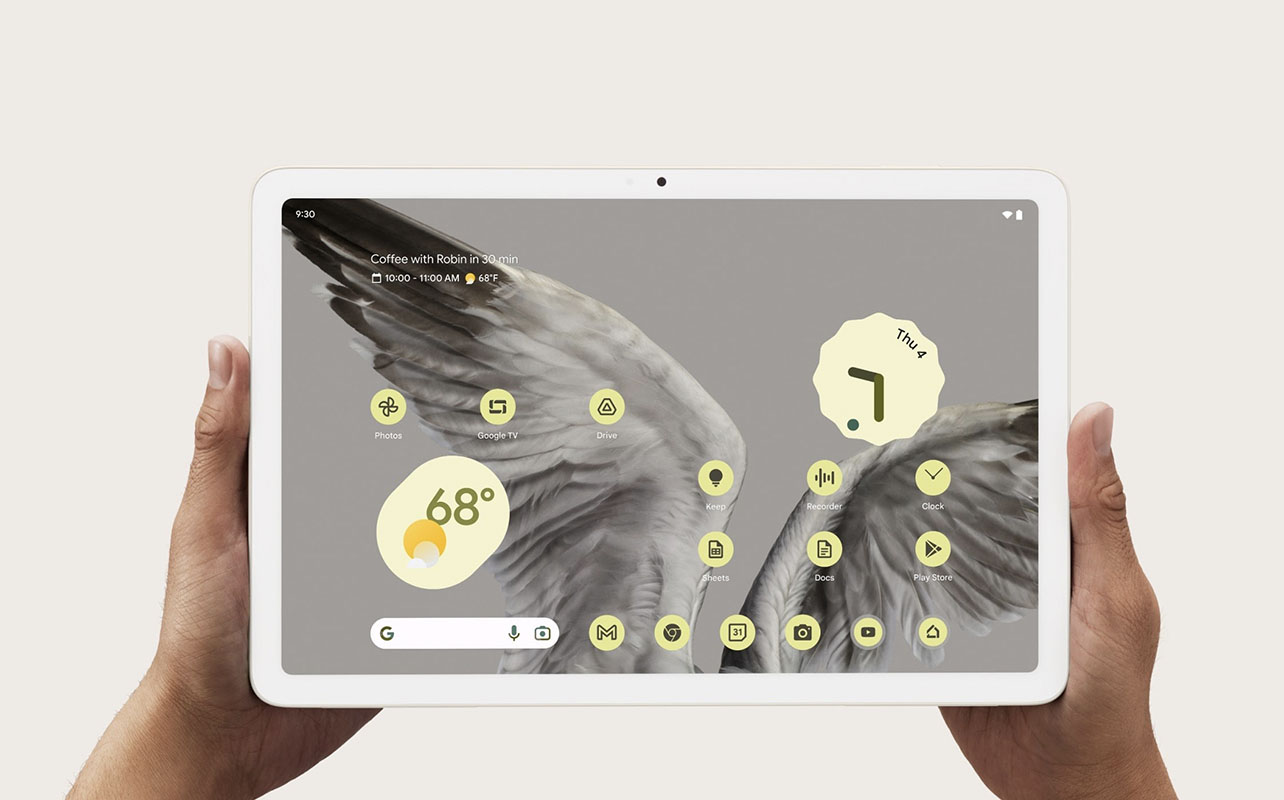
A tablet isn’t a one-size-fits-all solution, but it could be the right tech companion if you value portability, ease of use, and versatility. To sum up, ask yourself: Do you want something bigger than your phone, but lighter than your laptop? Do you need a device for entertainment, light productivity, or school? Are you looking for a simple, touch-friendly way to stay connected? If the answer to these questions is “yes,” then a tablet might be just what you’re looking for.
Ready to find the perfect tablet for your needs? Check out out Best Buy Canada’s selection of tablets!





